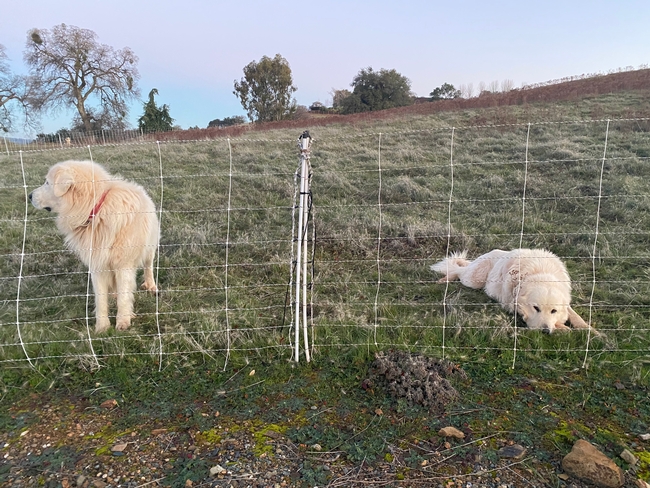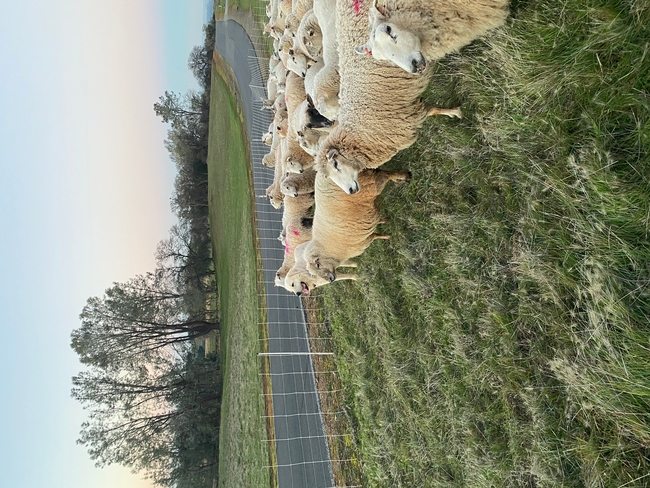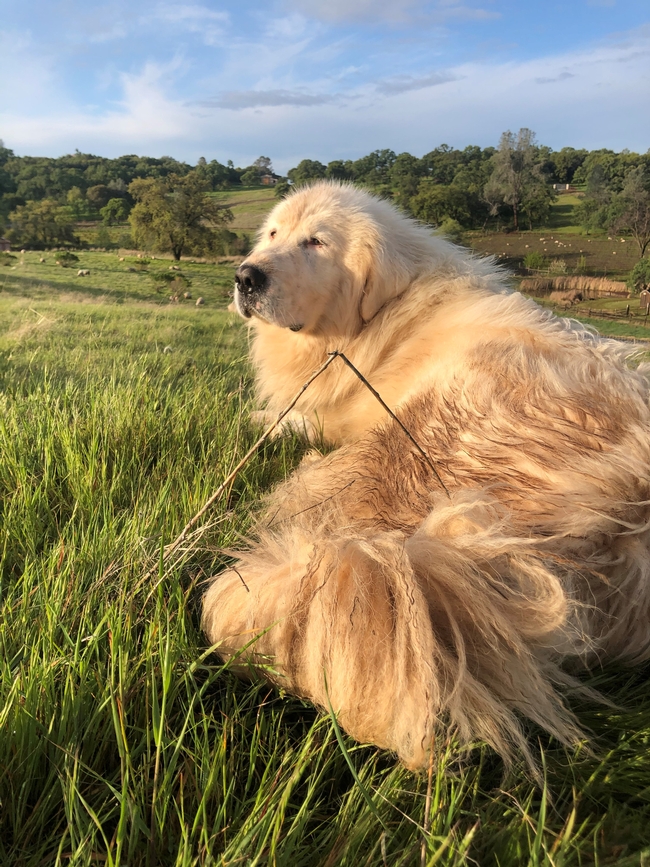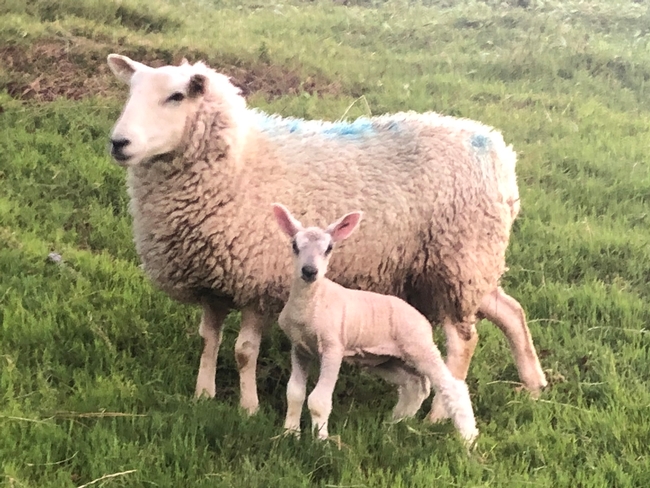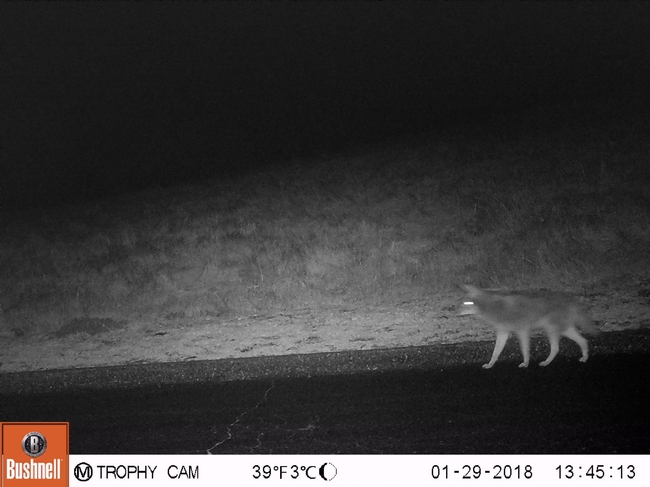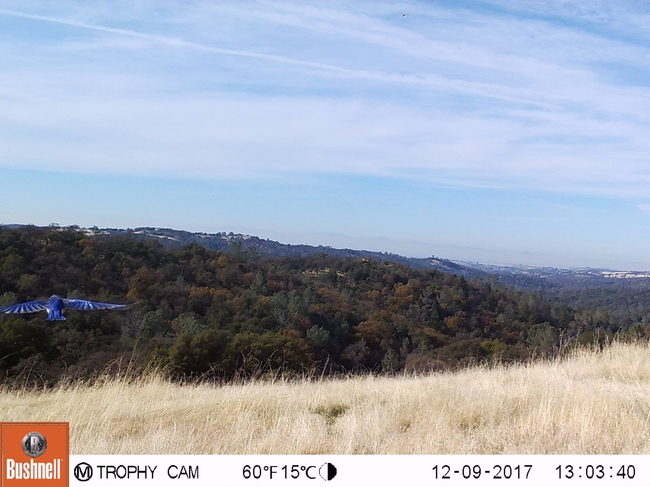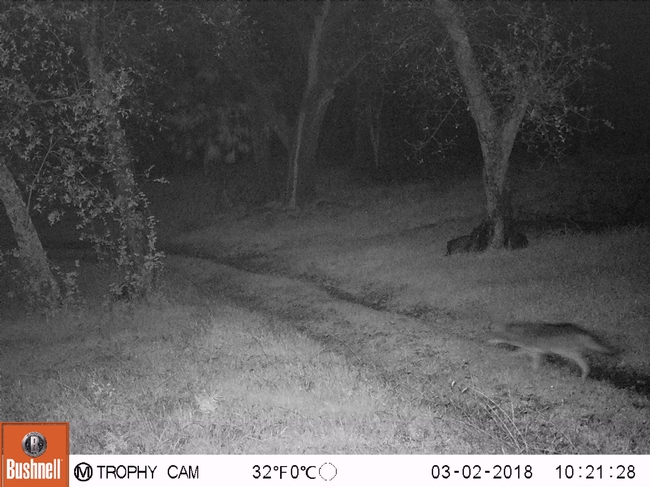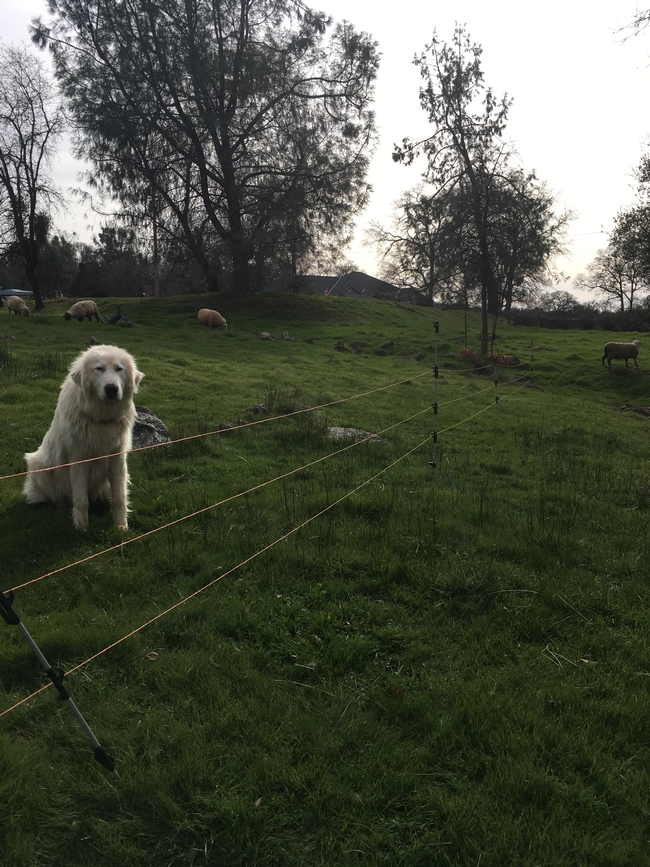- Author: Dan Macon
Predator Protection in Rangeland Livestock Operations
One of the first projects I worked on when I started this job was a publication called Livestock Protection Tools for California Ranchers. Working with a number of other advisors and extension specialists, we took a detailed look at the variety of “tools” that ranchers could use to protect their livestock from predators – everything from livestock guardian dogs to electric fencing, and every predator from neighbor dogs to gray wolves. But as I've studied livestock-predator conflict more thoroughly, and as I've thought about how I protect my own sheep from predators, I've come to think that maybe “tool” is the wrong word. Protecting livestock from predators on rangeland takes a systems approach – one that reflects the overlapping ecology of grazing livestock and rangeland predators. A system that reflects an understanding of human, livestock, and predator behavior – and how these behaviors interact.
I'll use our sheep operation to illustrate what I'm trying to say here. We graze just shy of 100 wool-breed ewes on annual rangeland, irrigated pasture, and irrigated crop land, all within 7 miles of Auburn. The predators we've observed in our environment include mountain lions, black bears, coyotes, foxes, bobcats, domestic dogs, and golden and bald eagles. We also have birds that other producers might include on this list – crows and magpies. We lamb from late February through the end of March (when the grass on our annual rangelands is starting to grow rapidly). We move to irrigated pasture in April. In late June, we wean the lambs and sell most of them; the lambs we keep stay on irrigated pasture, while the ewes move back to annual rangeland. In late August, the ewes come back to irrigated pasture and/or cropland, where they stay through flushing and breeding. In early December, the entire flock moves back to annual rangeland.
Predator pressure varies by location and time of year. We tend to see more wild predators on annual rangeland, although we have seen coyotes in our irrigated pastures. We see more domestic dogs closer to town. We see eagles rarely, but we do see them. We have trail camera photos of a mountain lion within 30 yards of the paddock where we were lambing several years ago. We have too many photos of coyotes to count.
Mostly, we rely on our livestock guardian dogs and our electro-net fencing to keep predators away from our sheep. We know they work – because we've lost sheep where we didn't have both tools (in hard-wire fences without a dog), but I couldn't tell you which “tool” was more important. We've also used FoxLights™ - a randomly flashing light that supposedly deters coyotes and foxes. When we have sheep at home, we'll put them in a secure pen at night (e.g., night-penning) if we need to.
But our system encompasses more than dogs and fencing. We move the sheep every 3-7 days for most of the year. Mostly these are moves to an adjacent pasture, but I suspect the fact that the sheep are never in the exact same spot for very long helps confound the predators to some degree. We add dogs – and more human presence – during lambing, when we're especially vulnerable. We have focused on ewe genetics on maternal qualities – which for us includes vigorous lambs and protective ewes who can keep track of their young.
All of this might seem to be a matter of perspective – or vocabulary! One rancher's “toolbox” might be another rancher's “system.” But as we start talking about impacts from predators, and the costs associated with these impacts, I've come to think we need to take a broader view.
The California Department of Fish and Wildlife received funding in last year's budget to help offset the cost of nonlethal predator deterrents for ranchers. By taking a systems perspective on this question, I think we can help the agency understand that most producers are already doing things to mitigate predator problems. Rather than asking, “what tools are you using?” we should be asking, “How have you changed your management to avoid conflict with predators?” Are there parts of your range you don't use during certain times of year? Are you riding through the heifer field more often? Are you adding extra livestock guardian dogs to your operation so you have enough dog power during lambing or kidding? Are you giving up leases because the predator pressure is just too intense? Some of these are “tools,” obviously, but some are systematic changes to our operations. Regardless, they all have costs. And in my mind, they should all be considered when it comes to any kind of predator deterrent cost-sharing program.
Finally, all of these systematic considerations regarding predators have to fit within the larger context of our ranching systems. Not only do we need to think about avoiding or resolving conflicts with predators, we have to think about our marketing windows. We have to fit our genetics both to our environment and to the marketplace. We need to consider the cost of – and return to – labor (our own labor as well as that of our employees, if we have any). We need to think about short term cash flow and long term investment. We often need to satisfy the needs of our landlords, our families, our bankers, and others connected to our businesses. We have to be good neighbors. This larger context influences the choices we have available to us when it comes to predator protection. For me, the idea of a system (as opposed to a tool box) better reflects the complexity of coexisting with wildlife.
- Author: Dan Macon
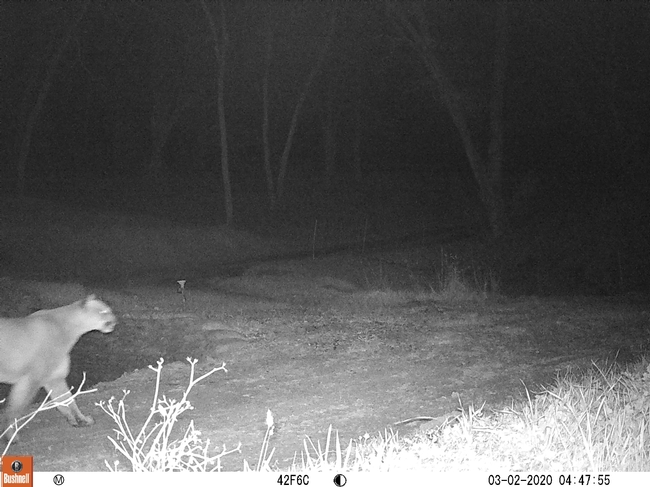
As I've written numerous times, research into the efficacy of livestock protection tools, including livestock guardian dogs, is difficult (if not impossible). The traditional model for scientific inquiry - that of comparing a treatment to a control - is extremely challenging when it comes to livestock protection tools. Fundamentally, nobody wants to be part of the control group (that is, nobody wants to leave a group of livestock unprotected to see if the treatment works!). Further challenges arise when we begin thinking about other variables - questions like the specific environment, the predators in that environment, the dietary preferences of those predators, the surrounding land uses, and so on.
Yet these challenges don't mean that we shouldn't try to shed light on questions about where specific livestock protection tools may work, or where they may fail. I like the idea of doing case studies - real world examples of the success or failure of these tools. In my mind, a useful case study would objectively describe as many of the site- and operation-specific details as possible. Case studies could take into account that many real-world management systems employ multiple tools. And case studies could be important whether or not a particular approach successfully prevented predator losses - sometimes we learn more from our failures than from our successes. The following account, then, is my first attempt at writing one of these case studies.
The Context
Flying Mule Sheep Company grazes approximately 100 head of sheep on foothill annual rangeland west of Auburn, California, from mid-December through early April. The flock is comprised of bred ewes (approximately 80 head) and replacement yearling ewes (approximately 20 head). The grazed landscape is a large-lot subdivision (20-40 acre lots). Individual parcels are connected via paved and unpaved private roads and Nevada Irrigation District canals. Many residences have domestic dogs; some have horses and donkeys. Vegetation in the grazed landscape includes open grasslands, blue/live oak savanna, blue/live oak woodland, and riparian vegetation. Surrounding land uses include grazing land (cattle, sheep, and goats) and a large regional park (mostly wildland).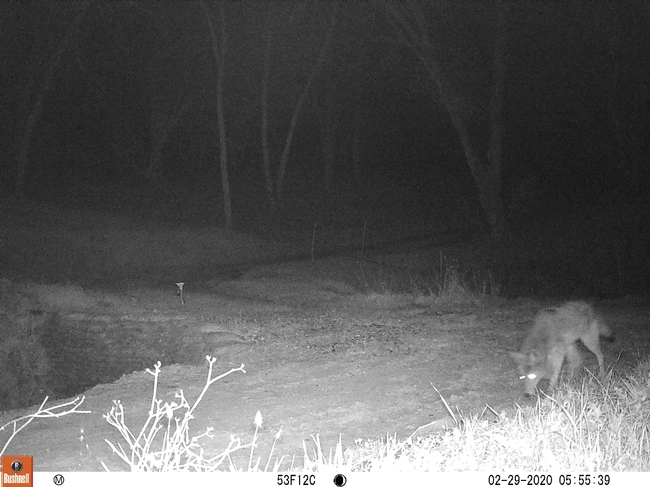
Twelve game cameras were placed throughout the grazed landscape in late December. Cameras were placed adjacent to game trails, roads, and canals to help determine the species of wildlife present and the frequency of camera "capture" in relationship to the proximity of livestock guardian dogs and sheep. In order of prevalence in game cameras from late December through early April, I noted coyotes, foxes, bobcats, and a single mountain lion (in the evening on March 1, 2020). Other wildlife caught on camera included deer, raccoons, skunks, jackrabbits, and turkeys.
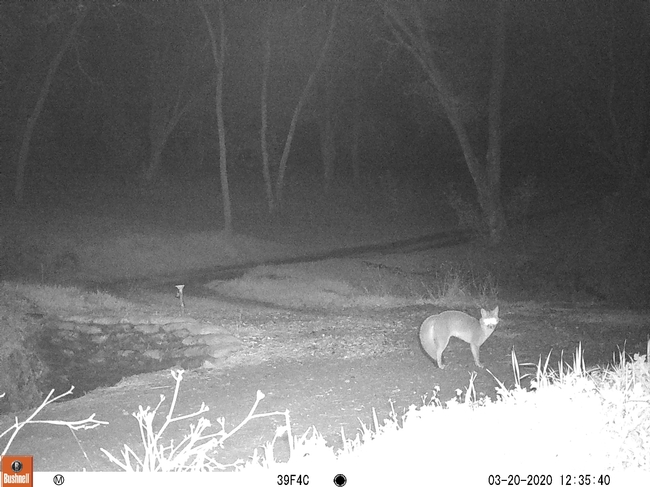
Results
During the graze period (December 15, 2019 through April 6, 2020), we had no predator losses. In early February, I found a buck that was likely killed by a mountain lion. On the night that we documented the mountain lion in a game camera (March 1), the flock was in a 13-acre paddock, the boundary of which was about 30 yards away from the camera location. On that date, there were 47 lambs with the ewes (between the ages of 1 day and 11 days). The sheep had been moved into this paddock on the morning of March 1. We lost three lambs during the time the sheep were in that paddock due to starvation or mis-mothering.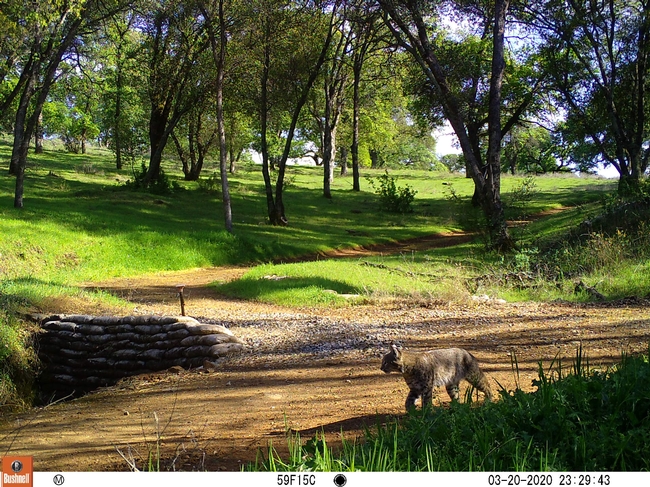
Conclusions
From a purely scientific standpoint, I cannot say that the dogs and electric fence prevented predation. While the cameras clearly demonstrated that we had predators in the vicinity of the sheep, I don't know that these specific predators would have killed sheep (rather than wildlife prey) if they'd had the opportunity. I don't know if these predators took livestock from unprotected herds/flocks during the same time period. That said, I can conclude that I feel much safer having dogs with the sheep in this landscape! I can also conclude that the mountain lion I caught in my camera has probably seem me more than I've seen it!
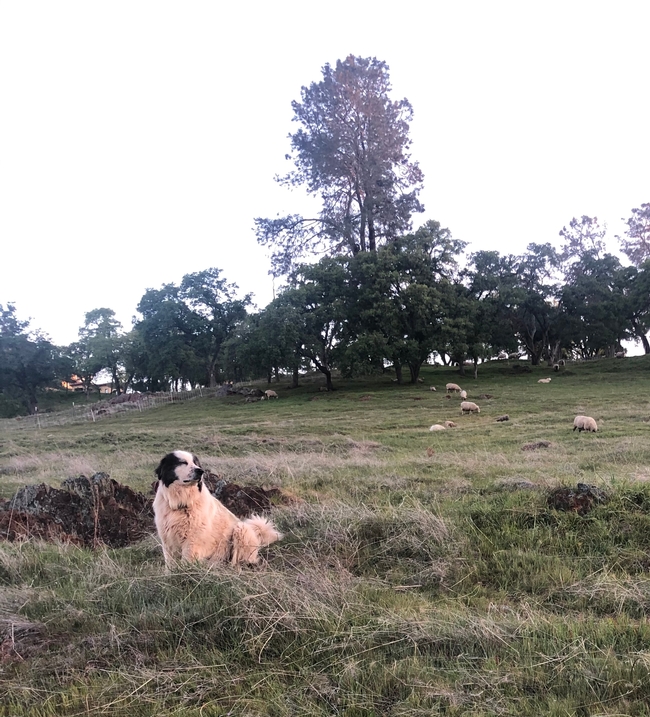
- Author: Dan Macon
Since I haven't posted an update to my Livestock Guardian Dog Journal for four months, I thought an update on this project might be timely! We've been training a new dog to work during lambing (with some interesting observations about behavior). We've trained the new dog to respect 3-wire temporary fencing (as opposed to electro-net). And we've been collecting GPS and trail camera data on predator interactions. Lots to report!
GPS Collaring / Remote Sensing Project
We have been putting GPS sensors on two livestock guardian dogs that are with a flock of 82 sheep (bred ewes and open yearling ewes) west of Auburn. One of these dogs is a 10-year-old Anatolian shepherd neutered male; the other is a 2-year-old Anatolian x Maremma intact male. These collars record location every 5 minutes. We've also deployed seven trail cameras on the parameter of the sheep paddock to document wildlife, domestic animal and human activity in the proximity of the sheep. Our hope is that when we compare the time stamp on photos with the GPS locations of the dogs, we'll begin to understand what kinds of interactions the dogs have with predators and non-predators.
The habitat where the sheep are grazing is foothill oak woodland and open grassland. To date, the cameras have detected coyotes, foxes, deer, jackrabbits, skunks, raccoons, owls, and small birds - along with domestic dogs, walking/jogging/cycling humans and horseback riders. We're in the process of going through the GPS data to determine what the dogs were doing when these animals and people showed up in the cameras. Here are a few of the most interesting photos:
Learning to be a Lambing Dog
Our oldest dog, Reno, has been an outstanding dog at lambing. He keeps his distance from lambing ewes, is very patient with rambunctious lambs, and keeps afterbirth cleaned up (which can attract scavengers and predators). Since he's ten years old, we decided we need to try 2-year-old Bodie with the lambing ewes this year. We also hoped that Reno would teach him manners and respect - Bodie is still a bit immature behaviorally.
Our first lamb was born on February 22, and I was fortunate to arrive shortly after the birth. As has been typical, Reno was lying about 20 yards away from the ewe and lamb. Bodie met me at the pasture fence well away from them. After I had been there about 10 minutes watching the new lamb, Bodie joined us. I shot video of his interaction with the ewe and with Reno - you can view it at this link:
Training a New Lambing Dog (YouTube)
I suspect that some of Reno's protectiveness has to do with his love for eating afterbirth! That said, in the weeks since this interaction, Reno has enforced Bodie's respect for the sheep even when there isn't afterbirth available. And Bodie seems to have matured. He's more respectful of the sheep, less rambuctious in his behavior, and a better guardian dog in general.
Developing an LGD Puppy
Finally, an update on the Pyrenees x Akbash puppy we picked up in September. Elko is going to be a big dog - he's already as big as Bodie. Since pulling the rams from the flock in November, Elko has been with the rams learning manners. For several months, we kept him with Reno (which also helped on the manners front). Since we moved Reno to the lambing flock, Elko has been on his own. He's still definitely a puppy - we're not expecting him to provide much protection at this point, but he is learning to stay with his sheep.
Several weeks ago, we tried an experiment using a different type of fencing. We have found that most of our dogs will stay in 42-inch electro-net. However, we wanted to try training the sheep (and the dogs) to 3-strand poly-wire fencing. I installed a short stretch of fence at our home place and have watched Elko check it out and decide to stay on the proper side. Success!
Here's a relatively recent photo of Elko:
Stay tuned for more information on these topics! And just a note: last week, Reno became lame on a back leg. Our small animal veterinarian thinks he probably tore his ACL. At the moment, he's recuperating in the barn and watching over a trio of very annoying bottle lambs. Given the seriousness of his injury, he's probably permanently retired. He's been a great dog!


